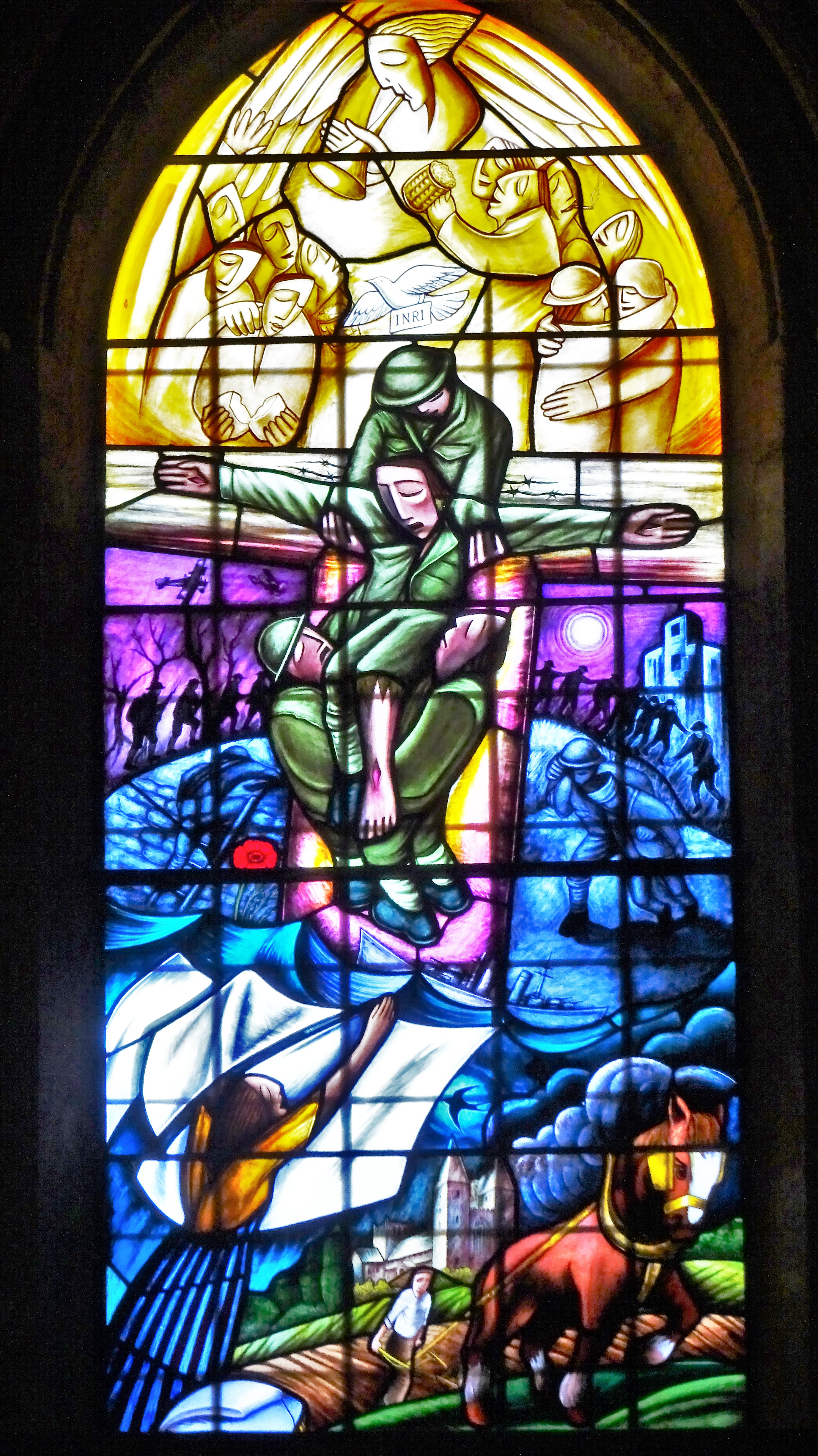{It’s day 10 of Lent 2021. And another visit (there’ll be 40, y’know) to a sanctuary. Since many of us are not actually present in such worship spaces, I’m revisiting some of the churches in which I’ve worshipped, toured, or otherwise occupied.}
A couple of entries ago, I mentioned the boisterous fun a group of theological grad students offered prospective seminary recruits in the school chapel. And I noted that many folks prefer their sanctuaries to be restricted to more pious, that is, worshipful purposes. A chuckle during the children’s sermon is as far as levity should go on Sunday mornings, or any other time one is pew-bound.
But look at this church pew! Good grief, there’s a mouse crawling up the woodwork! We’ve all heard references to church mice. There it is. And it’s not alone. As a docent led us on a tour of Southwell Minster Cathedral in Nottinghamshire, England, she pointed out that mouse and a couple of others. Someone had a sense of humor, I commented. Yes, and his name was Robert Thompson (1876-1955). Or, “Mouseman.” Or, “Mousey.” Yes, he became known as Robert Mousey Thompson. He was a woodcarver from the north Yorkshire village of Kilburn, and he told people that he was “poor as a church mouse.” So, mice appeared in the furniture he fashioned for family homes and houses of worship.
I photographed only a couple of his mice, but the guide claims there are 28 of those rodents scattered throughout the grand church. She also told us that the church sponsored a children’s event called “Minster Mouse Day,” and that one of the activities for about 100 children was trying to find as many of the mice as they could. Plus, there was a scavenger hunt for other interesting things in the cathedral. Fun, huh? The event (is it annual?) was designed to bring children and their families into the church, showing the church’s friendliness and hospitality, and making sure the community knew the cathedral was a vibrant and alive place, not just an imposing piece of local architectural beauty.
Mice are not the only signs of light-heartedness in such grand places. As we’ve gaped in awe at the wondrous old church buildings we’ve entered, we’ve laughed at strange faces carved in granite, and gargoyles with scary and silly countenances. Sometimes the craftspeople would include the images of family members and neighbors, or church dignitaries in less-than-dignified poses, carved into stone or wood. We can almost hear the workers laughing as they saw for the first time the images they would lift into place for ages to come.
We do tend to take church too seriously, don’t we? Sure, it is a place where we encounter the profound mystery of the Divine. Kneeling in prayer at a memorial service, being summoned to acts of justice by prophetic preaching, breaking bread on the night of Jesus’ betrayal, being moved to tears by stories of faith…not much funny there. But when we sing of “The Lord of the Dance,” or understand for the first time the humor of something Jesus said to his followers (books have been written about the Lord’s sense of humor), hearing the laughter of 100 children running from pew to pew looking for church mice — there you go: light-heartedness.
If God can have some fun with gigantic Leviathan (Eugene Peterson’s paraphrase of Psalm 104:26 calls the huge monster God’s “pet dragon!”), surely having a small church mouse or a very big laugh in church is cause for holy delight. After all, Easter will be here soon and joy will ring forth in sanctuaries around the world.
In the meantime, it may be Lent. But I hope you’ll find something to smile about on this day 9.
Oh, and thanks, “Mousey.”

